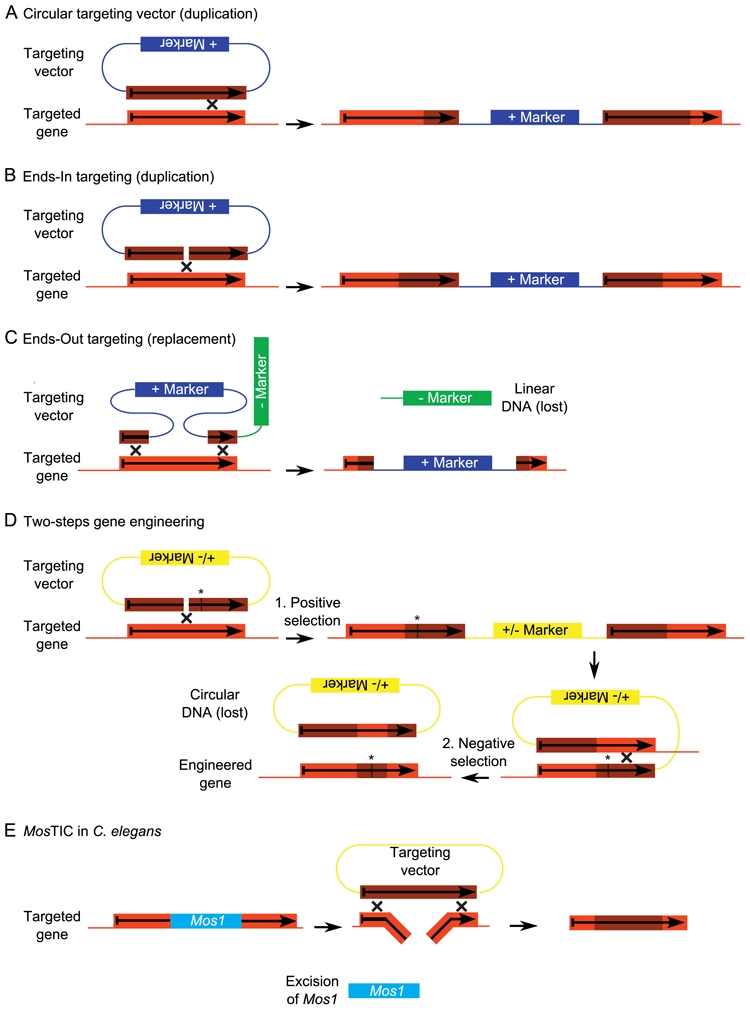Figure 3. Designs for gene targeting by homologous recombination.

Recombination (cross) occurs at any place within the region of homology designated by an orange box. Throughout the figure, light and dark orange colours represent the targeted and the targeting gene respectively. A, With a circular targeting vector, recombination results in a duplication of the gene. The two copies are most often separated by a positive selection marker, which was used to select recombinant individuals. Importantly, if the targeting gene is both 5′ and 3′ truncated, both copies will be either 5′ or 3′ truncated. B, In ends-in, there is a double-strand break within the targeting gene. Homologous recombination preferably takes place at this double-strand break. As for targeting with a circular targeting vector (A), ends-in design yields duplicated genes often separated by a positive selection marker. C, In ends-out, the double-strand breaks flank the targeting gene to generate two recombination events, leading to the disruption of the targeted gene and its replacement by the positive marker. In mice, a negative selection marker is used to counter-select the cells where the targeting gene was inserted in the genome by non-homologous recombination. If the targeting gene is inserted randomly by non-homologous recombination rather than at the appropriate locus by HR, then the negative selection marker is also inserted. D, Subtle gene engineering in yeast cells, like the introduction of point mutations (indicated here by a star), is achieved in two steps. It requires a marker that can be either positively or negatively selected, depending on the culture medium. The first step is the duplication of the targeted gene by ends-in design. The targeting gene contains the appropriate point mutation. The yeast cells that encountered this duplication are positively selected by the selection marker. The second step is a recombination between the two duplicated genes. The yeast cells that did not encounter this recombination are counter-selected by using the selection marker. The consequence of this recombination is that yeast cells retain only one gene. Depending on where the recombination occurred relative to the point mutation, the allele of this gene is either wild-type or mutant (as shown here). E, MosTIC in Caenorhabditis elegans. The excision of the Mos1 transposon generates a DSB in the genome (targeted gene). This DSB is repaired by gene conversion using the targeting plasmid.
